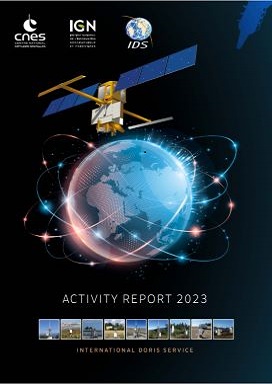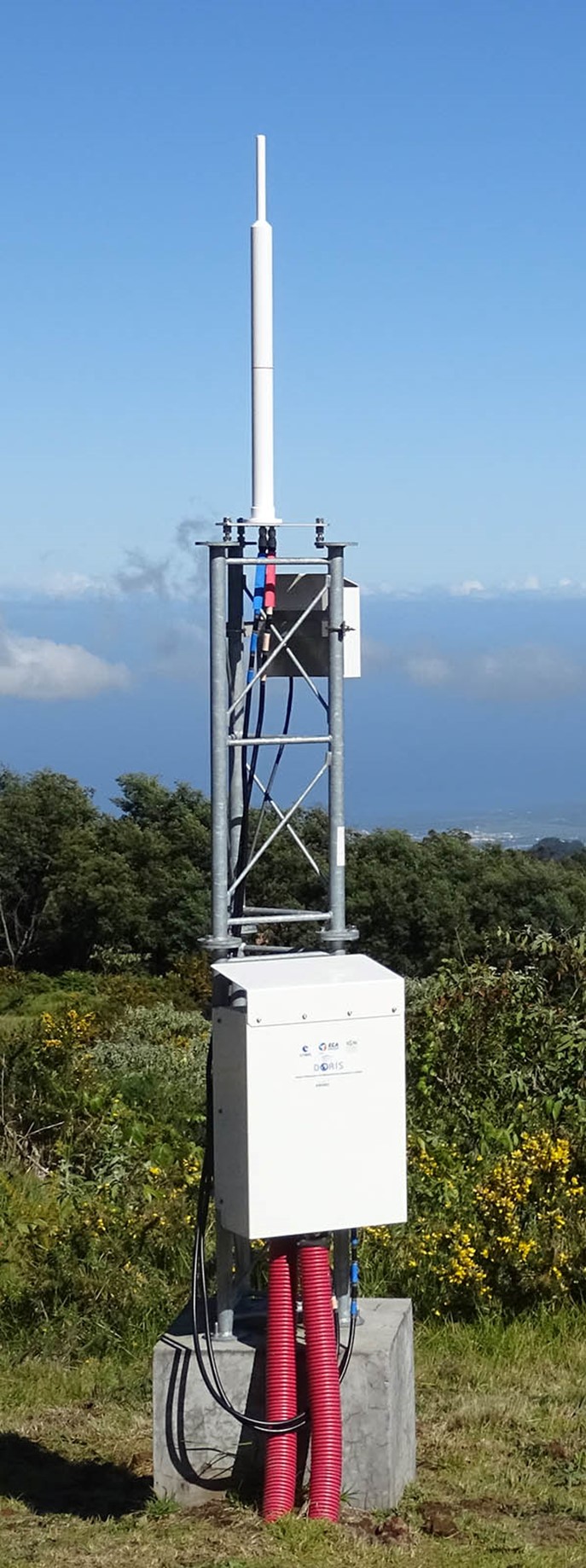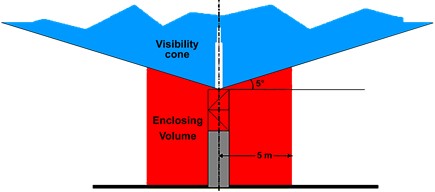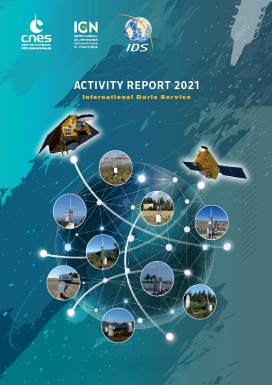(source: IDS activity report 2018)
- IDS website
https://ids-doris.org/

- Contacts
Central Bureau This email address is being protected from spambots. You need JavaScript enabled to view it.
Governing Board This email address is being protected from spambots. You need JavaScript enabled to view it.
- Data Centers
CDDIS: website https://cddis.nasa.gov/ and archive https://cddis.nasa.gov/archive/doris/ (authenticated access)
IGN: ftp://doris.ign.fr/pub/doris/
- Tables of Data and Products
https://ids-doris.org/ids/data-products/tables-of-data-products.html
- IDS web service
https://ids-doris.org/webservice
DOR-O-T for DORis Online Tools (pronounced in French like the given name Dorothée) is the IDS web service developed to promote the use of the DORIS products. The current version of the service provides tools to browse time series in an interactive and intuitive way, and a network viewer.
- Citation
The following article is suggested for citation in papers and presentations that rely on DORIS data and results:
Willis, P.; Lemoine, F.G.; Moreaux, G.; Soudarin, L.; Ferrage, P.; Ries, J.; Otten, M.; Saunier, J.; Noll, C.; Biancale, R.; Luzum, B., 2016. The International DORIS Service (IDS), recent developments in preparation for ITRF2013, IAG SYMPOSIA SERIES, 143, 631-639, DOI: 10.1007/1345_2015_164
- DORISmail
The DORIS mail service is used to send information of general interest to the DORIS community. To send a DORISMail, use the following address: This email address is being protected from spambots. You need JavaScript enabled to view it.
- List of the documentation
It gives a table compiling links to the various pages providing documents, grouped in four categories: DORIS system components; IDS information system; Publications, presentations; Documents
https://ids-doris.org/ids/reports-mails/documentation.html
- List of presentations given at DORIS or IDS meetings
Full list of presentations given at DORIS or IDS meetings with the corresponding access links
https://ids-doris.org/ids/reports-mails/meeting-presentations.html
- List of documents and links to discover the DORIS system
https://ids-doris.org/analysis-coordination/documents-related-to-data-analysis.html
- List of DORIS publications in international peer-reviewed journals
https://ids-doris.org/ids/reports-mails/doris-bibliography/peer-reviewed-journals.html
- Overview of the DORIS system
https://www.aviso.altimetry.fr/en/techniques/doris.html
- Overview of the DORIS satellite constellation
https://ids-doris.org/doris-system/satellites.html
- Site logs
DORIS stations description forms and pictures from the DORIS installation and maintenance department: https://ids-doris.org/doris-system/tracking-network/site-logs.html
- Virtual tour of the DORIS network with Google Earth
Download the file at https://ids-doris.org/doris-system/tracking-network/network-on-google-earth.html and visit the DORIS sites all around the world.
- IDS video channel
Videos of the DORIS-equipped satellites in orbit
https://www.youtube.com/channel/UCiz6QkabRioCP6uEjkKtMKg
- IDS Newsletters
Find all the issues published in color with live links on the IDS website
https://ids-doris.org/ids/reports-mails/newsletter.html
- Photo Gallery
https://ids-doris.org/ids/gallery.html
- More contacts
For particular requests, you may also contact the following persons:
Governing Board
Frank Lemoine (chairman) (up to Dec. 31, 2024)
NASA Goddard Space Flight Center
Code 61A, Geodesy and Geophysics Laboratory
Greenbelt, Maryland 20771 U.S.A.
Phone: +1 (301) 614-6109
E-mail: This email address is being protected from spambots. You need JavaScript enabled to view it.
Central Bureau
Laurent Soudarin (director)
CLS
11 rue Hermes
Parc Technologique du Canal
31520 Ramonville Saint-Agne
France
Phone: +33 (0)5 61 39 48 49 / 5 61 39 47 90
E-mail: This email address is being protected from spambots. You need JavaScript enabled to view it.
DORIS System
Cécile Manfredi
CNES
Earth and Atmosphere missions Department
Earth Observation Data and Dowstream applications Division
18, avenue Edouard Belin
31401 Toulouse Cedex 9
France
Phone: +33 (0)5 61 28 26 97
E-mail: This email address is being protected from spambots. You need JavaScript enabled to view it.
Network
Jérôme Saunier
Institut National de l’Information Géographique et Forestière
73, avenue de Paris,
94165 Saint-Mandé Cedex
France
Phone: +33 (0)1 43 98 83 63
E-mail: This email address is being protected from spambots. You need JavaScript enabled to view it.
Analysis Coordination
Petr Štěpánek
Geodetic Observatory Pecný, Research Institute of Geodesy
Topography and Cartography, Ondrejov 244
25165 Prague-East
Czech Republic
Phone: +420-323-649235
E-mail: This email address is being protected from spambots. You need JavaScript enabled to view it.
Combination Center
Guilhem Moreaux
CLS
11 rue Hermes
Parc Technologique du Canal
31520 Ramonville Saint-Agne
France
Phone: +33 (0)5 61 39 48 47 / 5 61 39 47 90
E-mail: This email address is being protected from spambots. You need JavaScript enabled to view it.
CDDIS Data Center
Anna Kelley
NASA Goddard Space Flight Center
Code 61A
Greenbelt, Maryland 20771
USA
Phone:
E-mail:This email address is being protected from spambots. You need JavaScript enabled to view it.
IGN Data Center
Jérôme Saunier
Institut National de l’Information Géographique et Forestière
73, avenue de Paris,
94165 Saint-Mandé Cedex
France
Phone: +33 (0)1 43 98 81 97
E-mail: This email address is being protected from spambots. You need JavaScript enabled to view it.








